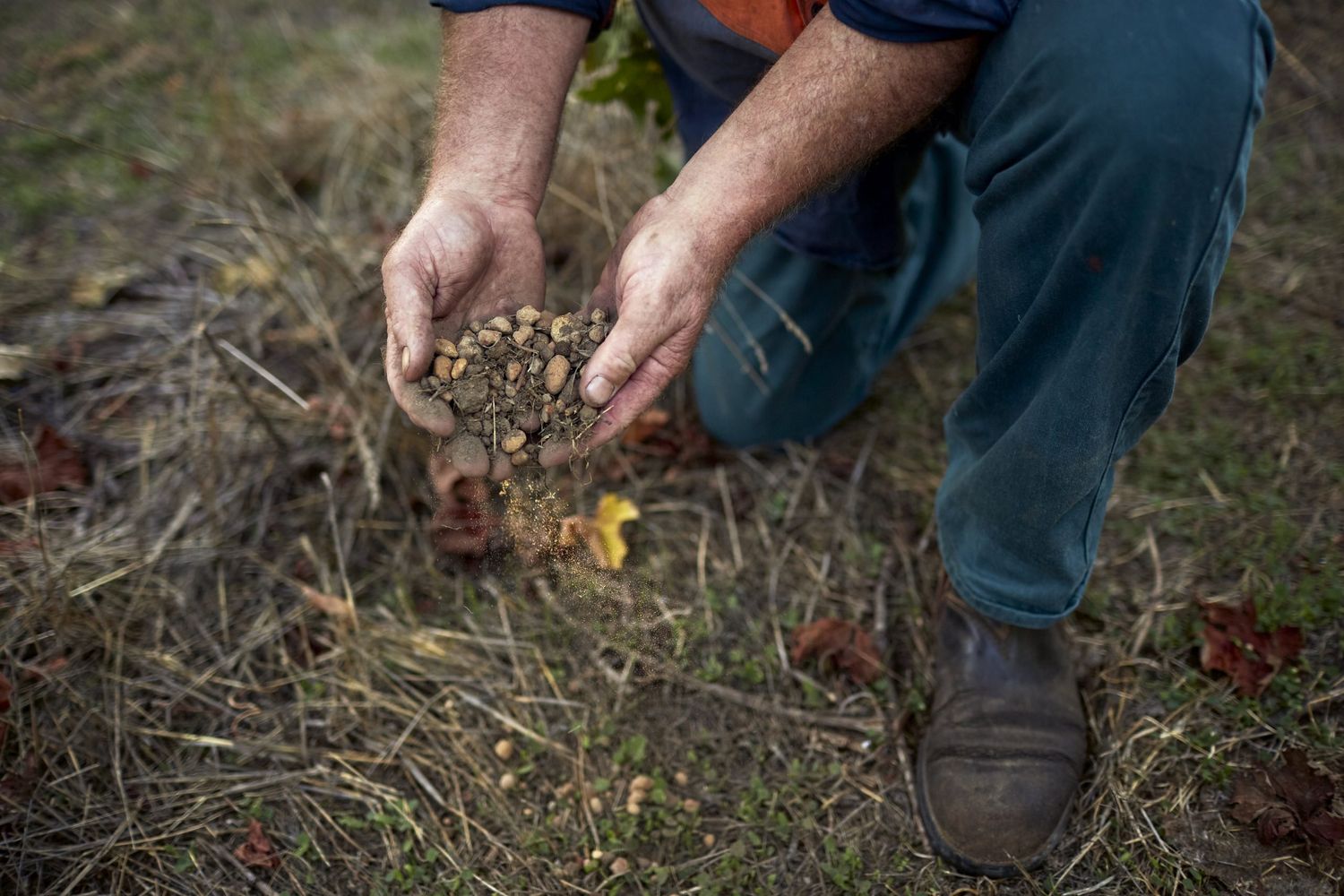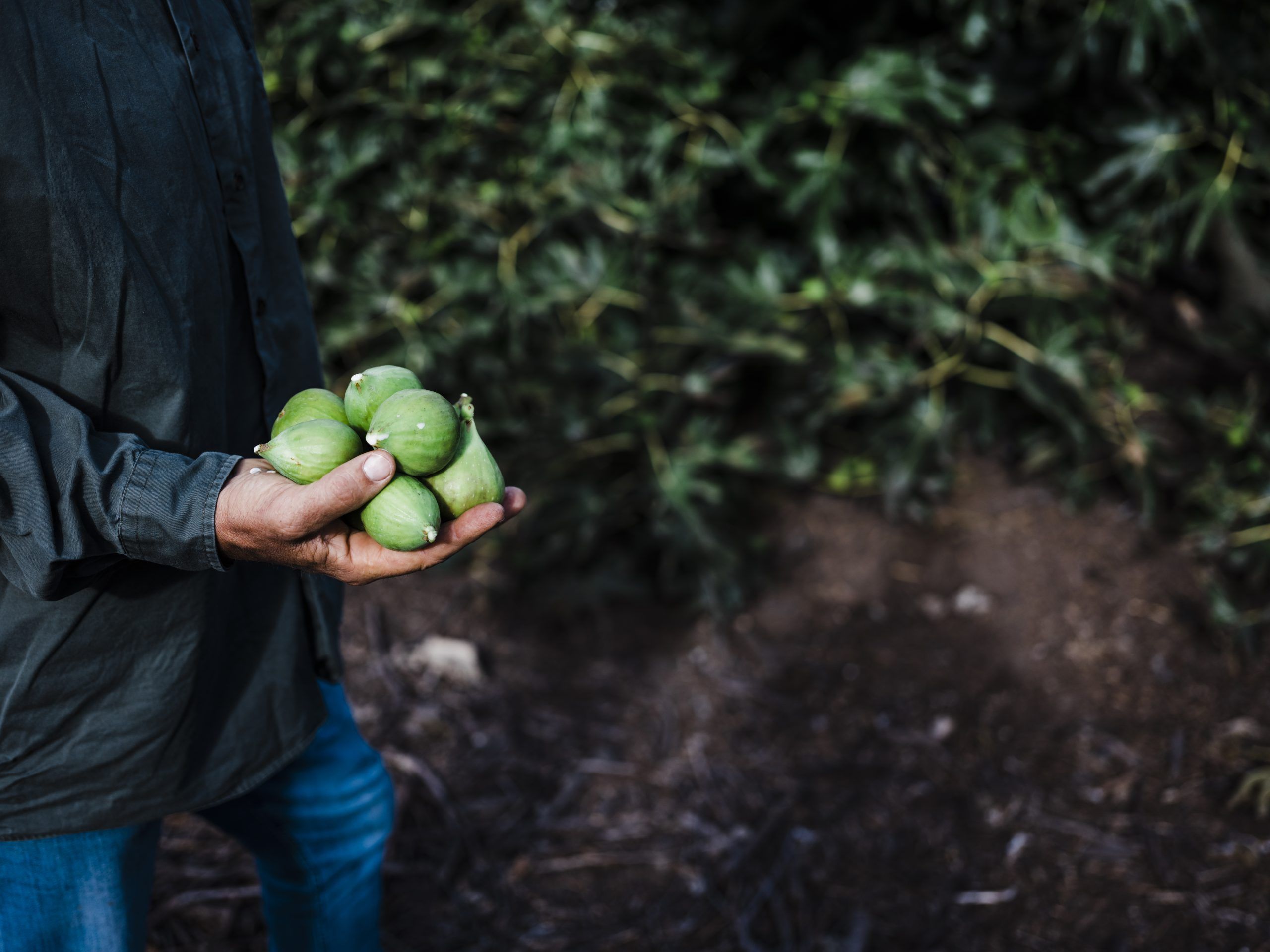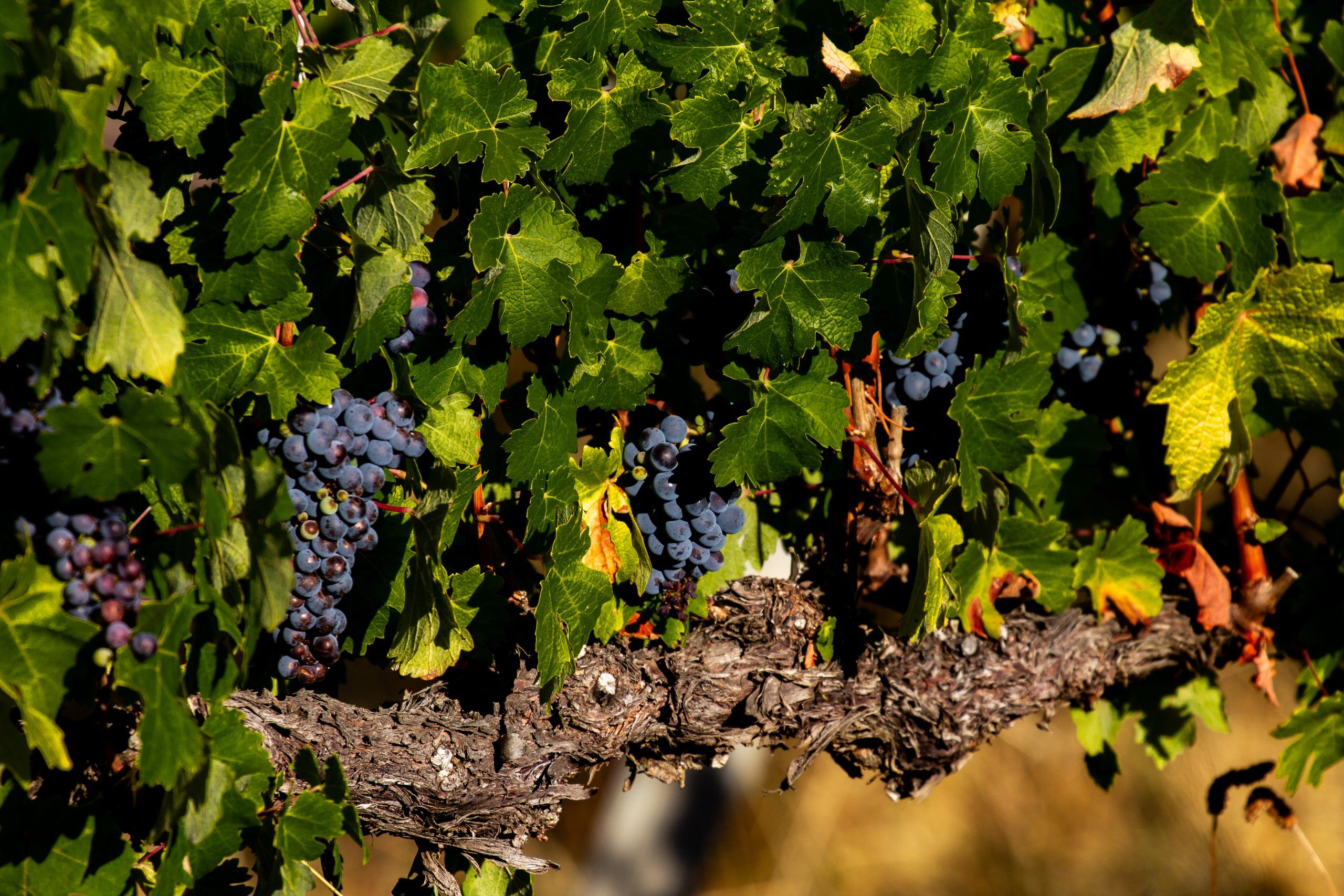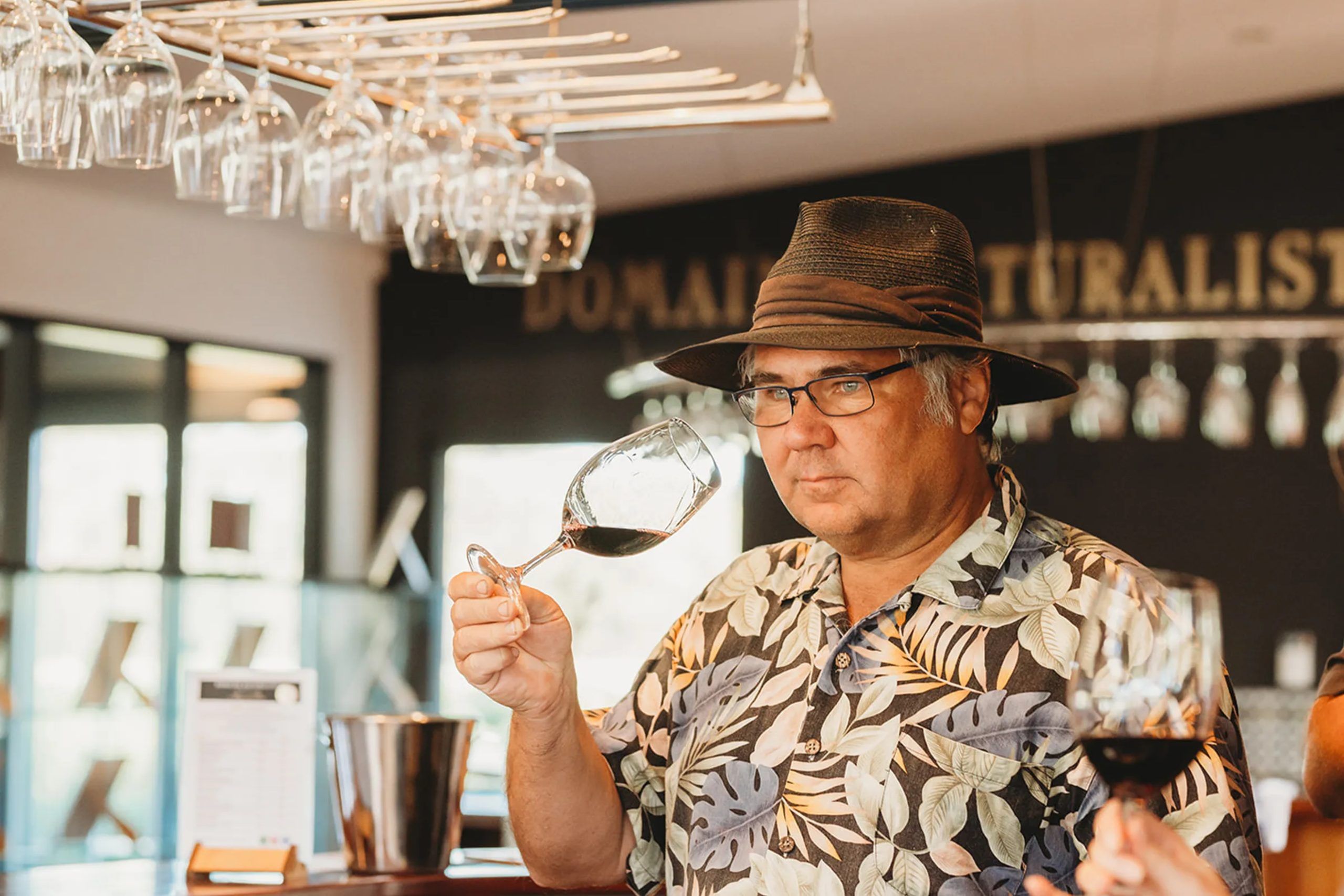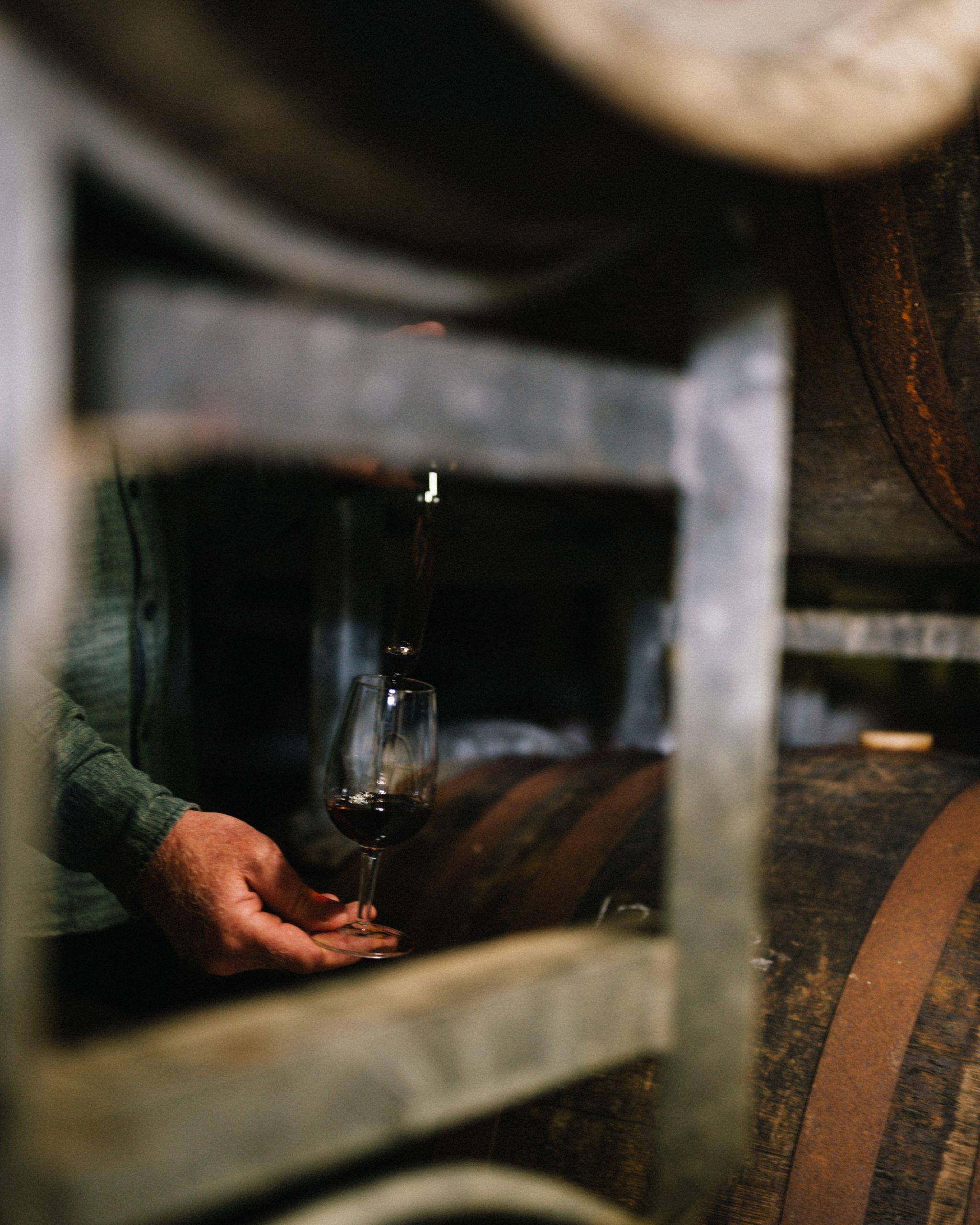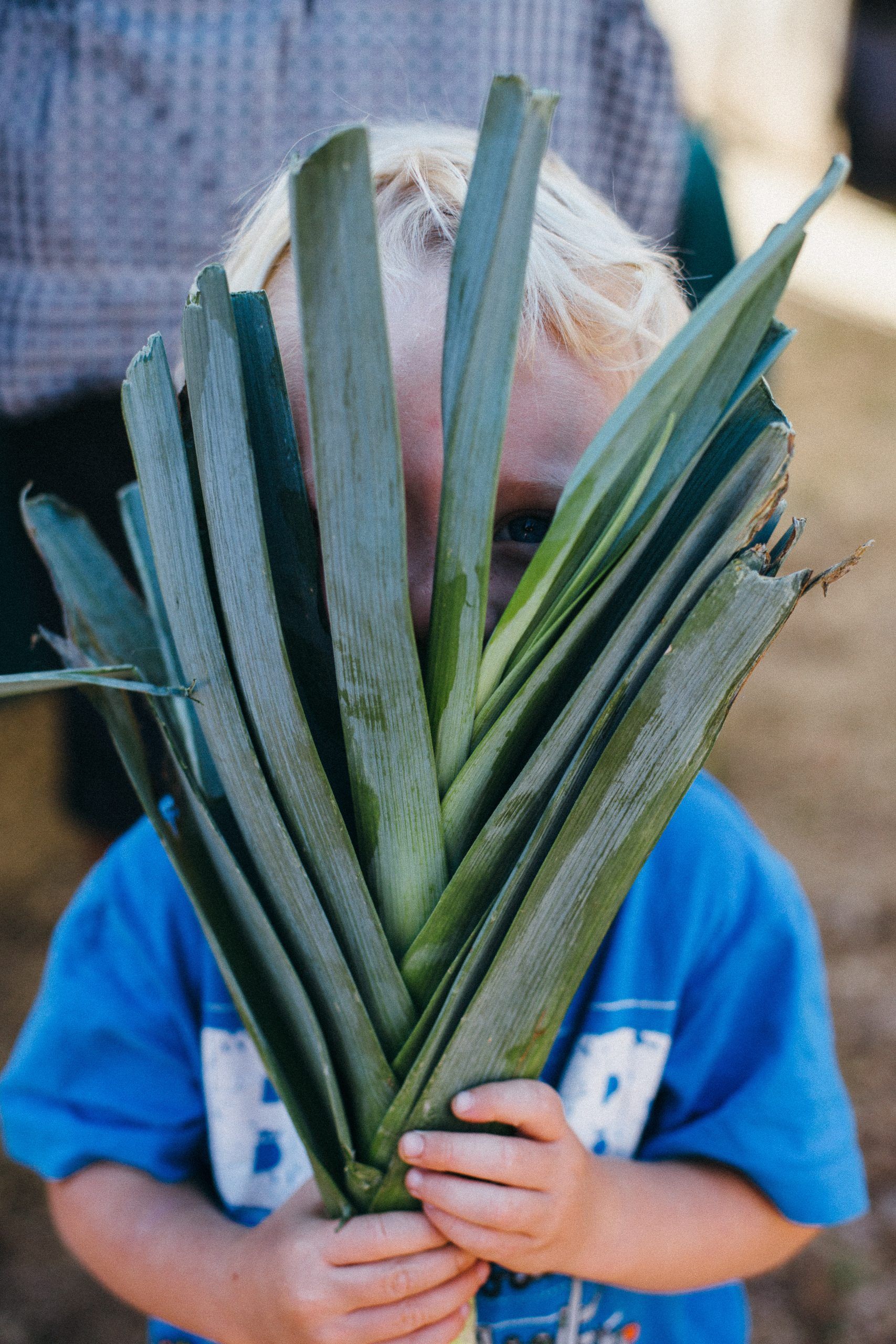It nourishes our world-class produce and feeds magic in our unique wines: the soil of the Margaret River Region contributes to our region’s incredibly well-balanced conditions for growing anything delicious.
The region’s geology is dated as perhaps the oldest of the earth’s viticultural regions, surpassing South Africa and Europe, with its granite and gneiss rocks aged between 1,130 and 1,600 million years old.
The land as we see it today is a result of global tectonic events that began in the Jurassic period. These tectonic events formed a deep linear trough of sedimentary rocks in the east while an iron-rich lateritic plateau formed in the west, separated by the Dunsborough faultline. Since then, the soil types have mixed and merged across the landscape. Today, the soil profiles of the region are like two patchwork quilts sewn together in the middle with a large stitch representing the Dunsborough ridge.
